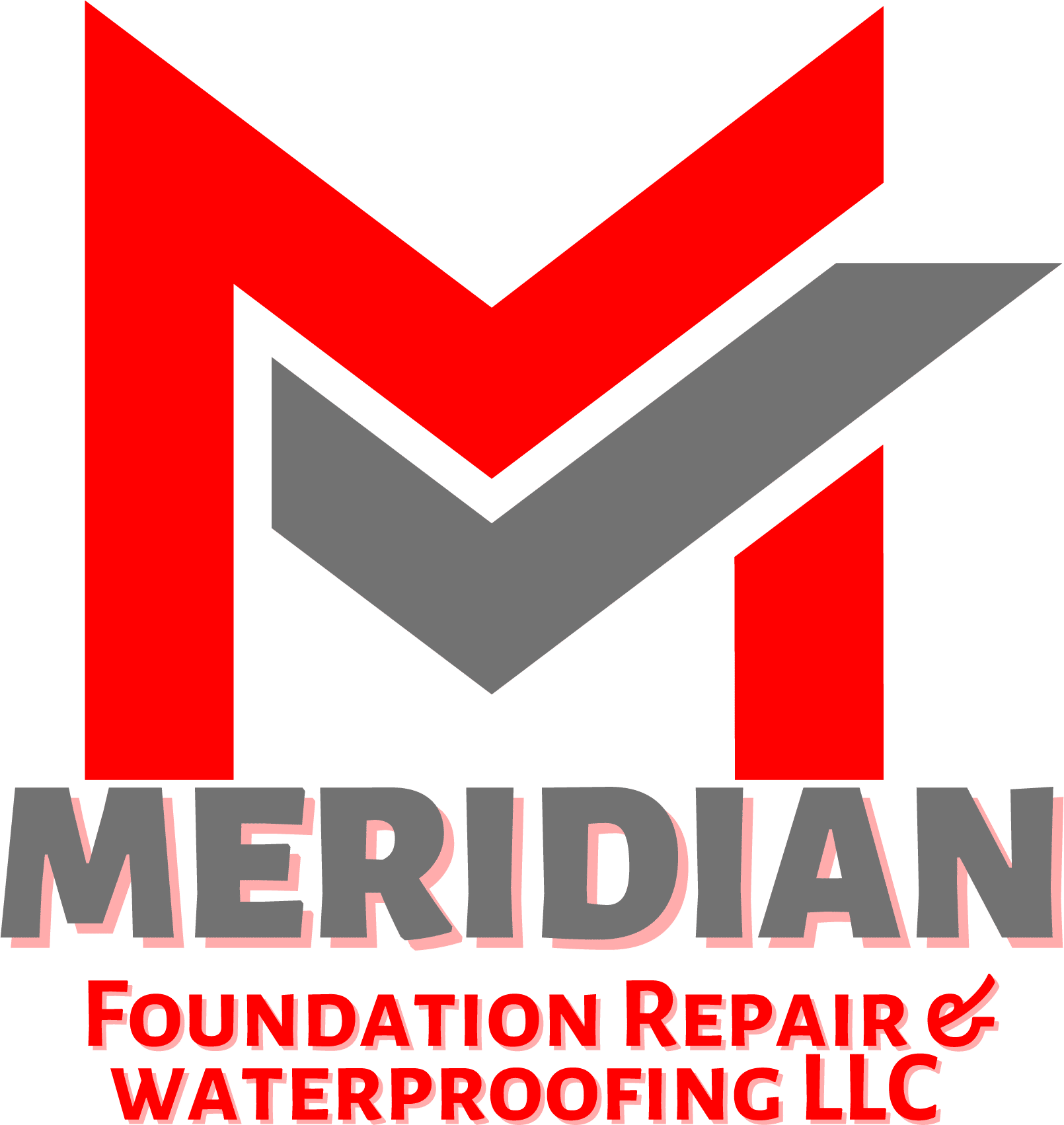A home drainage system’s most significant feature is moving water from the house to the sewage system. Therefore, it is crucial to understand a bit more about the standard house drainage system to avoid some common plumbing-related issues, such as burst pipes, a leak under the sink, blocked drains, and clogged toilets.
Drainage systems are pretty simple to understand. It uses only gravity to move water through your plumbing and does not rely on any pressure. Water appliances, sinks, and toilets in your house are all connected by pipes. As you flush or turn on the tap, wastewater first flows into a small pipe in your home before connecting to a larger sewer underground pipe. After that, the sewage joins a network of municipal sewers that lead to a sewage treatment plant.
Types of drainage systems
knowing the drainage systems available will give you a better understanding of their roles and how they work together.
- Surface drainage system; this system removes excess water from the land’s surface area through channels and ditches. The ground surface often slopes or is graded towards the channels. Surface drainage systems vary; there are open drains, humps, hollows, and grassed waterways.
- Subsurface drainage system; this system works at the root level to remove excess water. This process is accomplished by deep open drains or buried pipe drains.
- Slope drainage systems; these types of systems are built to allow the water to flow from a structure in a downward direction. And this is usually executed with the aid of pipes that move down through the slope. Since the installed pipe is anchored to an incline, it often guides the water through the pipe to get it rapidly away from the structure.
- Downspouts and gutter system; the purpose of this system is to move water away from the building to other drainage systems on the street or sidewalk. They are often connected to an underground sewer line using gutter or “underground drains.”
Advantages of an underground drainage system
The first obvious advantage of underground systems is that it is out of sight. Nobody sees the running pipes compared to other drainage systems that do not use underground pipes. The sight of this can be pretty unpleasant, leaving homeowners to search for a solution that is more pleasant in appearance. These underground drainage systems are out of sight and out of mind while they do their job serving the property.
Another significant benefit of the underground drainage system is that it prevents the apparent accumulation of water caused by inadequate drainage systems. A complete system can, as one might imagine, prevent rainwater from pooling in outdoor areas, such as yards and gardens. Water logging in these areas could kill the plants and cause a severe safety hazard for anyone who has to walk through the flooded area. When a region experiences extremely harsh weather with flash floods, an underground drainage system gives the homeowners or tenants a sense of security that their property is at a reduced risk of being affected. For example, flash floods could contaminate a garden and introduce potentially dangerous elements into the home.
Components of home drainage system
Becoming familiar with most of the parts of your drainage system can be crucial in times of need. Most drain parts and components can be found under our sinks, behind walls, or beneath the floor, but knowing which one is responsible for what can save you money, time, and effort.
Let’s look at a few standard components of a home drainage system;
- Fixture drains are the visible part of your sink or shower drain that most people are familiar with. It is often open and often comes with some blocking mechanism.
- U-bends or P-traps; when the opening is blocked by water, the gases from the drainage or sewage line are prevented from flowing, which are not only smelly but can even be harmful.
- Toilet trap; sometimes built-in, the toilet trap is like the p-trap in terms of shape and function – it also blocks sewage gasses.
- Clothes washer Standpipe – Most of the pipes in your washing machine are hidden, but the standpipe is often left exposed. It is because the drain tube of the washing machine carries the water to the standpipe, which takes it to the sewage system.
In conclusion
There are so many different drainage systems, and knowing all of them and how they work can be overwhelming and confusing. Dry Jersey is only a call away if you want to install a drainage system or need help with your current drainage system. Get top-notch services from our team of experienced hands-on professionals.


